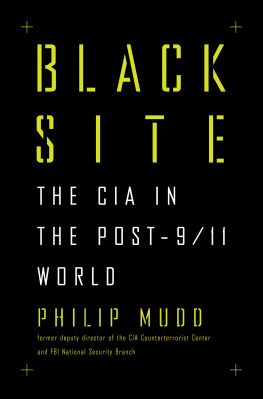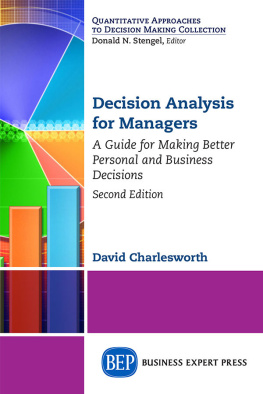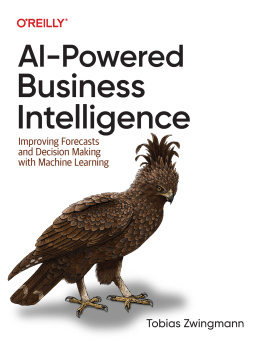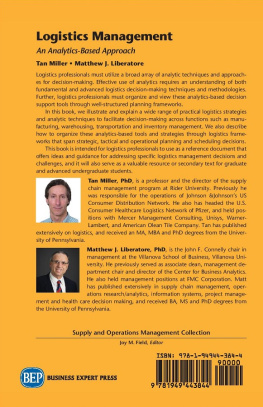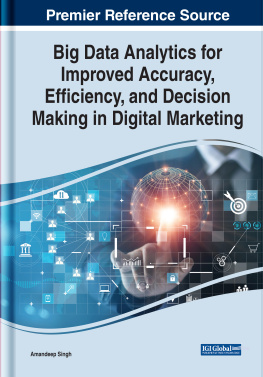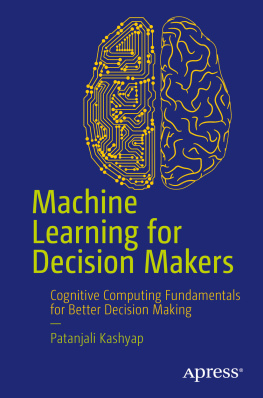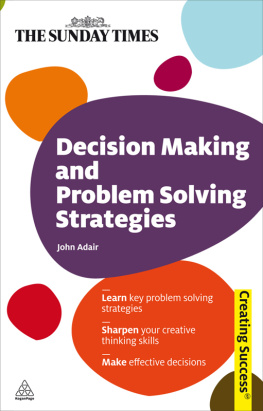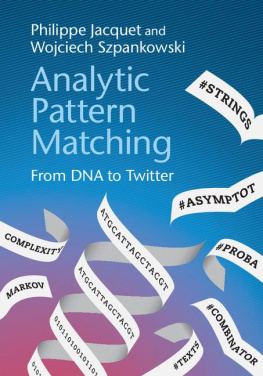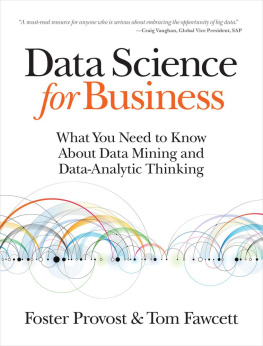Philip Mudd - The HEAD Game: High-Efficiency Analytic Decision Making and the Art of Solving Complex Problems Quickly
Here you can read online Philip Mudd - The HEAD Game: High-Efficiency Analytic Decision Making and the Art of Solving Complex Problems Quickly full text of the book (entire story) in english for free. Download pdf and epub, get meaning, cover and reviews about this ebook. year: 2015, publisher: Liveright, genre: Business. Description of the work, (preface) as well as reviews are available. Best literature library LitArk.com created for fans of good reading and offers a wide selection of genres:
Romance novel
Science fiction
Adventure
Detective
Science
History
Home and family
Prose
Art
Politics
Computer
Non-fiction
Religion
Business
Children
Humor
Choose a favorite category and find really read worthwhile books. Enjoy immersion in the world of imagination, feel the emotions of the characters or learn something new for yourself, make an fascinating discovery.

- Book:The HEAD Game: High-Efficiency Analytic Decision Making and the Art of Solving Complex Problems Quickly
- Author:
- Publisher:Liveright
- Genre:
- Year:2015
- Rating:5 / 5
- Favourites:Add to favourites
- Your mark:
The HEAD Game: High-Efficiency Analytic Decision Making and the Art of Solving Complex Problems Quickly: summary, description and annotation
We offer to read an annotation, description, summary or preface (depends on what the author of the book "The HEAD Game: High-Efficiency Analytic Decision Making and the Art of Solving Complex Problems Quickly" wrote himself). If you haven't found the necessary information about the book — write in the comments, we will try to find it.
Become a High Efficiency Analytic Decision maker.
Weve all been there: faced with a major decision, yet overwhelmed by the very data that is supposed to help us. Its an all-too-common struggle in the digital age, when Google searches produce a million results in a split second and software programs provide analysis faster than we could ever hope to read it.
Adapting the geopolitical and historical lessons gleaned from over two decades in government intelligence, Philip Muddan exNational Security Council staff member and former senior executive at the FBI and the CIAfinally gives us the definitive guidebook for how to approach complex decisions today. Filled with logical yet counterintuitive answers to ordinary and extraordinary problemswhether it be buying a new home or pivoting a failing business modelMudds HEAD (High Efficiency Analytic Decision-making) methodology provides readers with a battle-tested set of guiding principles that promise to bring order to even the most chaotic problems, all in five practical steps:
Whats the question? Analysts often believe that questions are self-evident, but focusing on better questions up front always yields better answers later.
What are your drivers? The human mind has a hard time juggling information, so analysts need a system to break down complex questions into different characteristics or drivers.
How will you measure performance? Once the question has been solidified and the drivers determined, an analyst must decide what metrics they will use to understand how a problemand their solution to itis evolving over time.
What about the data? Rather than looking at each bit of information on its own and up front, an analyst can only overcome data overload by plugging data into their driver categories and excising anything that doesnt fit.
What are we missing? Complex analysis isnt easy, so it is imperative to assume that the process is flawed, while also knowing how to check for possible gaps and errors, such as availability bias, halo effects, and intuitive versus analytic methodologies.
Drawing deeply from his own harrowing experiencesand mistakesin the line of duty, Mudd has spent years refining and teaching his methodology to Fortune 500 companies and government organizations. Now, in the best-selling tradition of Charles Duhiggs The Power of Habit and Oren Klaffs Pitch Anything, Philip Mudds The HEAD Game can change the way you both live and work.
Philip Mudd: author's other books
Who wrote The HEAD Game: High-Efficiency Analytic Decision Making and the Art of Solving Complex Problems Quickly? Find out the surname, the name of the author of the book and a list of all author's works by series.

